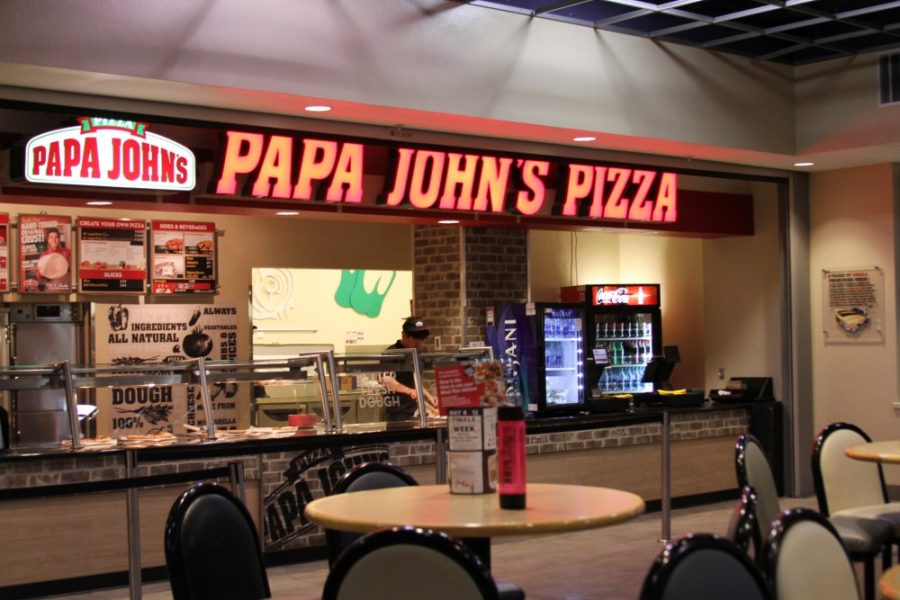A variety of restaurants on campus allow students to have countless options to eat, but all is not what meets the eye — or fills the plate.
The UA offers students over 35 locations on campus to purchase food, but when you’re trying to count calories and control what you eat, options quickly become limited.
The UA’s two student unions house fast food chains as the majority of their options. It’s great to have Panda Express and Chick-fil-A every now and then, but students living on campus often rely on the student unions for one or two meals a day.
College is often the first time students are free to make choices for themselves, and many students want to maintain a balanced diet or don’t always want to eat fast food.
RELATED: Summer students need to eat, too
The UA offers few options for students looking to make healthy choices or navigate dietary restrictions. The options it does offer are often on the higher bracket of meal prices. Prices at Core can average around $10 for a salad with protein, which quickly limits students eating on a meal plan.
Students living on campus are advised to purchase a meal plan from the university. Meal plans are offered in different increments, including a commuter plan where students add to the plan as needed, the copper plan that’s $2,150 a semester, the silver plan totaling $3,550 a semester and the gold plan totaling $4,950 a semester.
These plans are advertised to students based on approximately how many meals they can get per day with the plan. The silver plan advertises two meals a day and the gold plan advertises three meals a day.
Most of the meals on campus start at around $6 and can range up to $12 if you’re picking up sides and a drink.
The cheaper meals? Fast food chains.
The more expensive meals? Healthier eateries.
Students trying to stay healthy are getting cornered into expensive salads at Core, the long-forgotten salad bar at Cactus Grill or stuck making lunch and bringing it with them to school.
Students with food allergies will find even fewer options to eat on campus. The options at the union offer few vegan, vegetarian and gluten-free options. While the unions are prepared to cater dishes to students with food allergies, culinary services asks customers with food allergies to understand the risk of cross-contact in a food production setting.
RELATED: Ending food insecurity
The only place on campus that is completely gluten-free is Core+ in the Park Student Union. Most other places on campus either can’t guarantee there is no trace of allergens or the employees preparing the food will simply change their gloves and use a different utensil according to the UA food allergy practices.
The UA should offer more cafeteria-style options that allow students to choose healthier dishes without emptying their wallets. Many students who rely on the student unions for food are just learning how to make healthy choices and how to budget money for food. The UA is putting them at a disadvantage by giving them fast food choices and serving overpriced food.
I find myself eating more at home or packing food to avoid getting tired of eating the food at the student union. I was once a bright-eyed freshman who found a whole new world where I could eat fast food every day, and now I can now barely stomach some of the fast food from the student union.
I’d much rather have cafeterias where meals change daily or weekly and have healthier options for students learning to balance their lives away from home. A healthy meal that doesn’t leaving me digging for pocket change? Sounds like a deal to me.
Follow Leah Gilchrist on Twitter.









